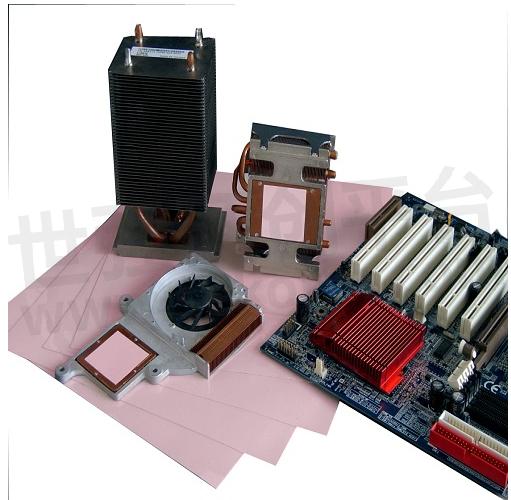Why Use a Thermal Interface Material with High Thermal Conductivity?

Most of the machinery and equipment need to be driven by electric energy, and the conversion of electric energy will be accompanied by loss during operation. Heat is the main form of energy loss in the process, so it is inevitable that the operation of machinery and equipment will generate heat. The higher the power The more heat is generated by machinery and equipment during work, and the higher the demand for heat dissipation.

The popularization of 5G technology has made network transmission faster, but it also means that the heat generated is huge. In addition to improving the operating environment temperature, it is the current mainstream to install heat dissipation devices on heat sources to cool down. The heat dissipation devices can quickly Guide the heat on the surface of the heat source to the outside to achieve the effect of cooling.
At the same time as heat dissipation devices are used, thermal interface materials with high thermal conductivity are also essential. Thermal interface materials are the general term for materials that are coated between the heating device and the heat dissipation device of the equipment and reduce the contact thermal resistance between the two. Thermal conductivity is a measure of The parameters of the thermal conductivity of the material, the thermal interface material with high thermal conductivity can not only fill the gap between the heat source and the heat dissipation device but also allow the heat to quickly conduct to the radiator through the thermal interface material to achieve the heat dissipation effect.
- +1 Like
- Add to Favorites
Recommend
This document is provided by Sekorm Platform for VIP exclusive service. The copyright is owned by Sekorm. Without authorization, any medias, websites or individual are not allowed to reprint. When authorizing the reprint, the link of www.sekorm.com must be indicated.


























































































































































































































































































































































































































































































































































































































































































































































































































































































































